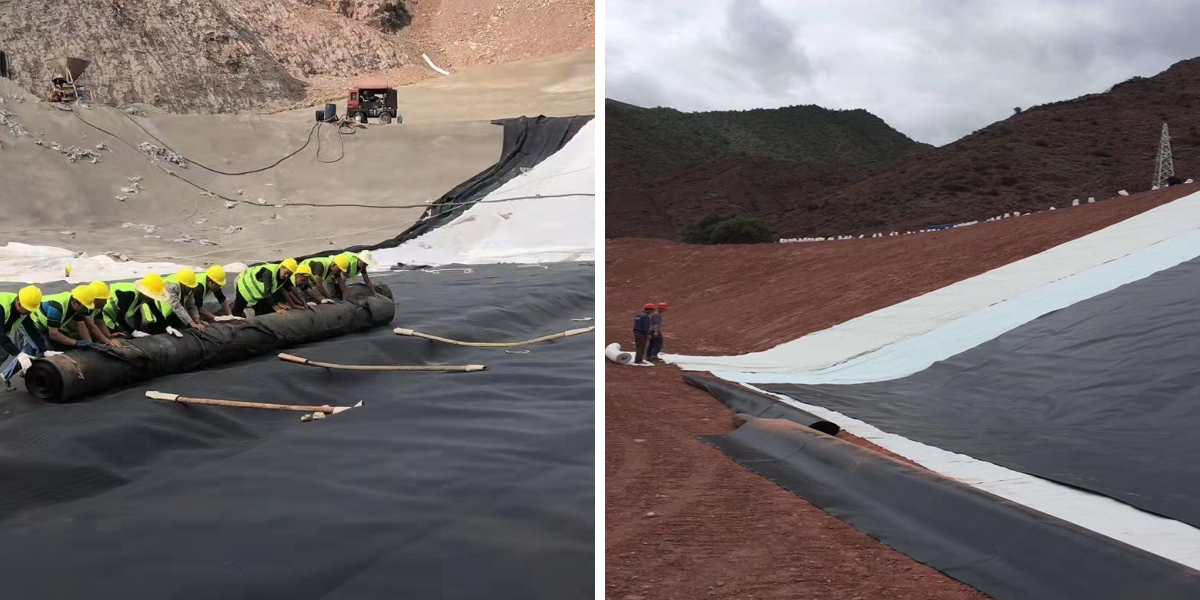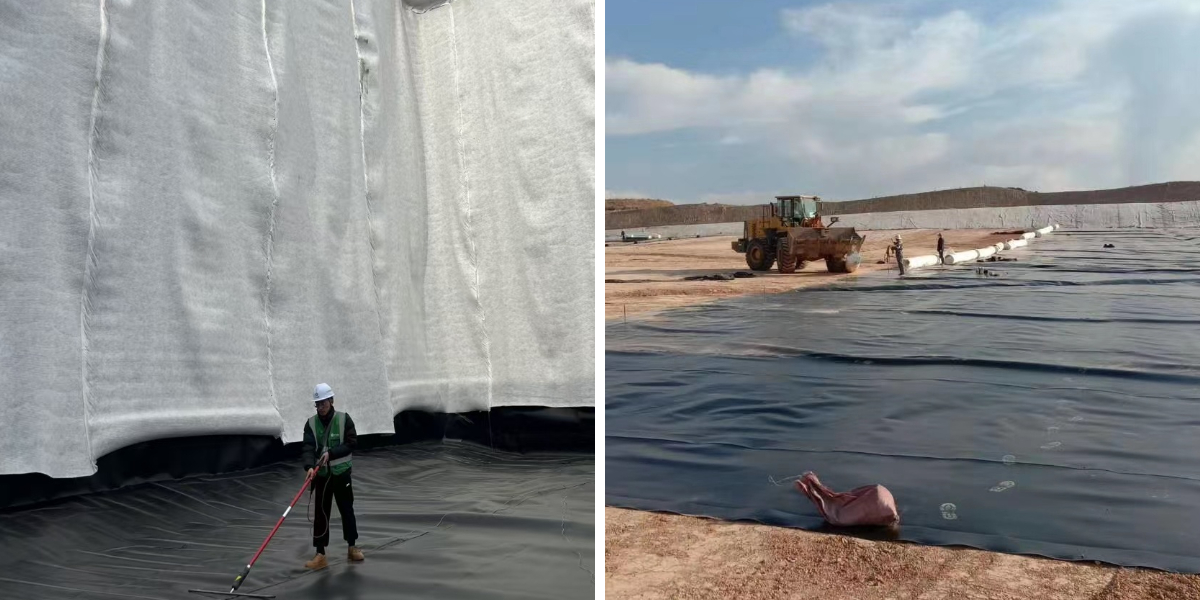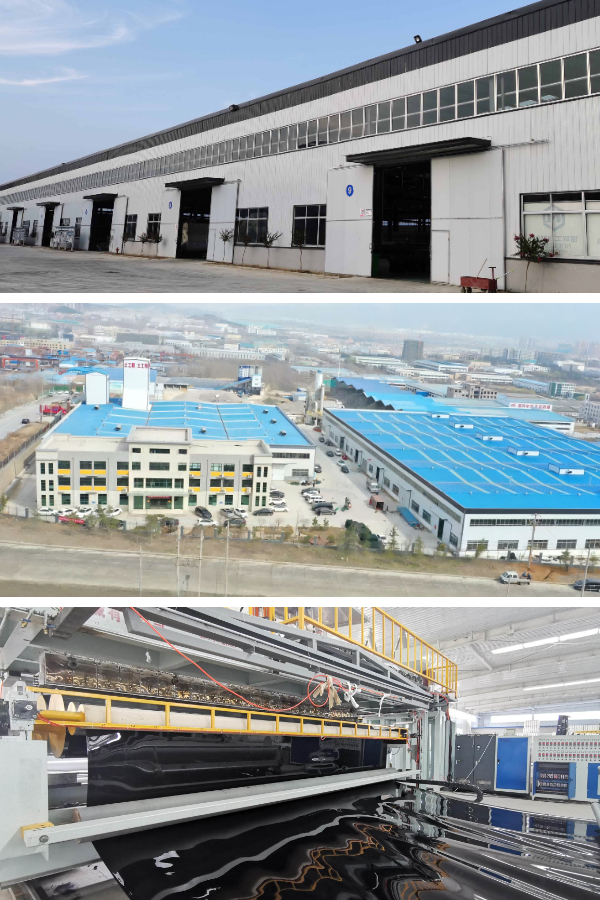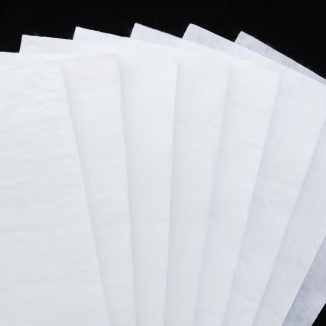Why HDPE Geomembrane Is the Top Choice for Reservoir and Pond Liners
Is your reservoir dropping water to seepage, or is your pond failing to hold moisture—wasting time, money, and precious resources? For decades, property proprietors and engineers have struggled with common liner substances like clay, asphalt, or low-grade plastics that crack, degrade, or fail to block leaks. Today, there’s a validated solution: HDPE geomembrane. Short for high-density polyethylene geomembrane, this artificial liner combines unmatched durability, most advantageous impermeability, and ease of use that makes it the gold wellknown for reservoirs and ponds. In this guide, we’ll discover why geomembrane (specifically HDPE) outperforms alternatives, and how it can provide long-term cost for your water containment project.
1. HDPE Geomembrane vs. Traditional Liners: A Clear Performance Gap
To recognize why HDPE geomembrane is dominant, it’s integral to evaluate it to the old-fashioned substances nonetheless used in some small-scale projects. Traditional liners regularly come with hidden flaws that lead to steeply-priced repairs or replacements—flaws HDPE eliminates entirely.
1.1 Durability That Outlasts Clay and Asphalt
Clay liners require specific compaction and are inclined to cracking throughout temperature fluctuations or soil movement. Asphalt liners degrade rapidly beneath UV exposure, turning into brittle and leak-prone inside 5–10 years. By contrast, HDPE geomembrane is engineered for longevity: it resists UV radiation, severe temperatures (from -60°F to 175°F), and bodily harm from roots or debris. A correct hooked up HDPE liner can final 30–50 years—3–5 instances longer than usual options. This sturdiness is why geomembrane is the pinnacle preference for each residential ponds and business reservoirs.
1.2 Consistency Beats Low-Grade Plastic Liners
Some DIYers choose for thin, low-density polyethylene (LDPE) liners to shop money, however these are without difficulty punctured by using rocks or wildlife. HDPE geomembrane has a greater density (0.941–0.965 g/cm³) and thickness (20–60 mils for water containment), making it resistant to punctures and tears. Unlike LDPE, HDPE keeps its shape even when exposed to chemical compounds like fertilizers or agricultural runoff—critical for farm ponds or irrigation reservoirs.
2. Unmatched Impermeability: The Core Advantage of HDPE Geomembrane
The essential aim of any reservoir or pond liner is to end seepage—and HDPE geomembrane excels right here higher than any different material. Its impermeable homes are backed via rigorous trying out and real-world performance.
2.1 Scientifically Proven to Block Leaks
Geomembrane made from HDPE has a permeability coefficient of much less than 1×10⁻¹² cm/s—effectively impermeable to water. To put that in perspective: a 30-mil HDPE liner lets in much less than 0.001 gallons of water to seep thru per rectangular foot per year. This is a long way beneath the enterprise preferred for reservoirs (which require much less than 0.01 gallons/ft²/year) and makes HDPE best for water conservation. For farmers or ranchers relying on reservoirs for irrigation, this interprets to hundreds of gallons saved annually.
2.2 Adaptable to Any Site Condition
Reservoirs and ponds are not often constructed on flawlessly flat, uniform ground—but HDPE geomembrane adapts to slopes, curves, and irregular terrain. It can be heat-welded into seamless panels, removing vulnerable factors the place leaks frequently show up with ordinary liners. Whether your challenge is a small outdoor pond with a mild slope or a giant reservoir with steep banks, HDPE geomembrane conforms to the website whilst retaining its impermeable barrier.
3. Easy Installation and Low Maintenance for HDPE Geomembrane
One of the largest myths about HDPE geomembrane is that it requires specialised gear or skills. In reality, it’s less complicated to deploy than most typical liners—even for DIYers—and its low upkeep wishes store time and cash over the lengthy term.
3.1 Straightforward Installation Steps
Installing HDPE geomembrane includes 4 key steps: 1) Site preparation: Clear debris, stage the ground, and add a geotextile underlay (to stop punctures). 2) Unfolding and positioning: Roll out the HDPE liner (it comes in massive panels to reduce seams) and align it with the pond or reservoir edges. 3) Welding: Use a handheld warmness welder (rented for $50–$100 per day) to seal seams—this creates a bond more desirable than the liner itself. 4) Anchoring: Secure the liner’s edges with trench anchors or concrete to forestall shifting. Unlike clay liners, which require heavy compaction equipment, HDPE can be established with fundamental equipment in 1–2 days for small projects.
3.2 Minimal Maintenance for Maximum Longevity
Once installed, geomembrane requires nearly no upkeep. Unlike asphalt liners that want periodic resurfacing or clay liners that want re-compaction, HDPE solely wants occasional inspections for particles or damage. If a small puncture takes place (rare, however possible), it can be repaired with a warmth welder and patch in minutes. This low renovation is a game-changer for property proprietors who don’t prefer to spend weekends fixing their pond or reservoir.
4. Eco-Friendly and Cost-Effective: The Long-Term Value of HDPE Geomembrane
In addition to performance, HDPE geomembrane presents environmental and economic advantages that make it a clever funding for any water containment project.
4.1 Eco-Conscious Design
HDPE is a recyclable material, and many HDPE geomembrane merchandise are made from post-consumer recycled plastic—reducing landfill waste. Unlike some liners that leach chemical compounds into water, HDPE is food-safe and authorized by means of the EPA for use in consuming water reservoirs. It additionally prevents soil erosion and protects groundwater with the aid of blocking off contaminants from seeping into the earth—critical for ponds used for farm animals or irrigation.
4.2 Cost Savings That Add Up
While HDPE geomembrane has a greater upfront fee than LDPE or clay (about $1.50–$3 per rectangular foot), its sturdiness and low preservation make it more cost-effective over time. A 1,000-square-foot pond lined with HDPE fees $1,500–$3,000 upfront and lasts 30+ years. By contrast, an LDPE liner expenses $0.50–$1 per rectangular foot however desires substitute each 5–7 years—totaling $3,500–$7,000 over 30 years. For business reservoirs, the financial savings are even extra significant: heading off water loss and repairs can shop tens of lots of bucks annually.
5. Choosing the Right HDPE Geomembrane for Your Project
To get the most out of your geomembrane, pick the proper thickness and grade for your needs: 1) Residential ponds: 20–30 mil HDPE is enough for small, low-pressure applications. 2) Irrigation reservoirs: 30–40 mil HDPE handles average water stress and practicable debris. 3) Drinking water reservoirs: 40–60 mil HDPE (food-grade certified) is required for safety. Always purchase from a official provider to make sure the liner meets enterprise requirements (look for ASTM D7467 certification for HDPE geomembrane).
Final Thoughts: Invest in HDPE Geomembrane for Reliable Water Containment
For reservoirs and ponds, HDPE geomembrane isn’t simply a liner—it’s a long-term answer that solves the largest ache factors of regular materials: leaks, durability, and maintenance. Its unmatched impermeability, adaptability, and fee financial savings make it the pinnacle preference for DIYers, farmers, and engineers alike. Whether you’re constructing a small outside pond or a giant irrigation reservoir, geomembrane promises the reliability and cost you need. Ready to cease losing water and money? Choose HDPE geomembrane for your subsequent project—and revel in many years of worry-free water containment.
Contact Us
Company Name: Shandong Chuangwei New Materials Co., LTD
Contact Person :Jaden Sylvan
Contact Number :+86 19305485668
WhatsApp:+86 19305485668
Enterprise Email: cggeosynthetics@gmail.com
Enterprise Address: Entrepreneurship Park, Dayue District, Tai 'an City,
Shandong Province









